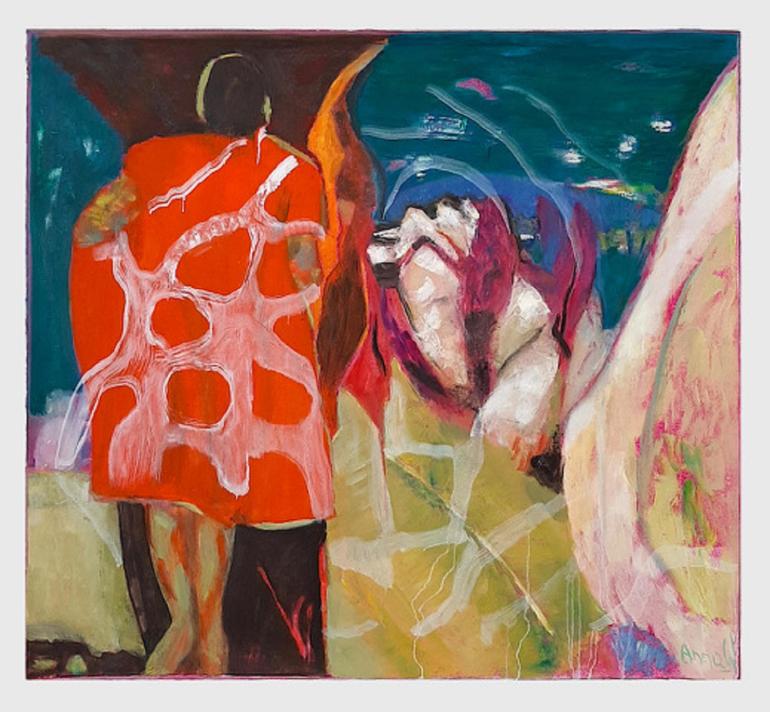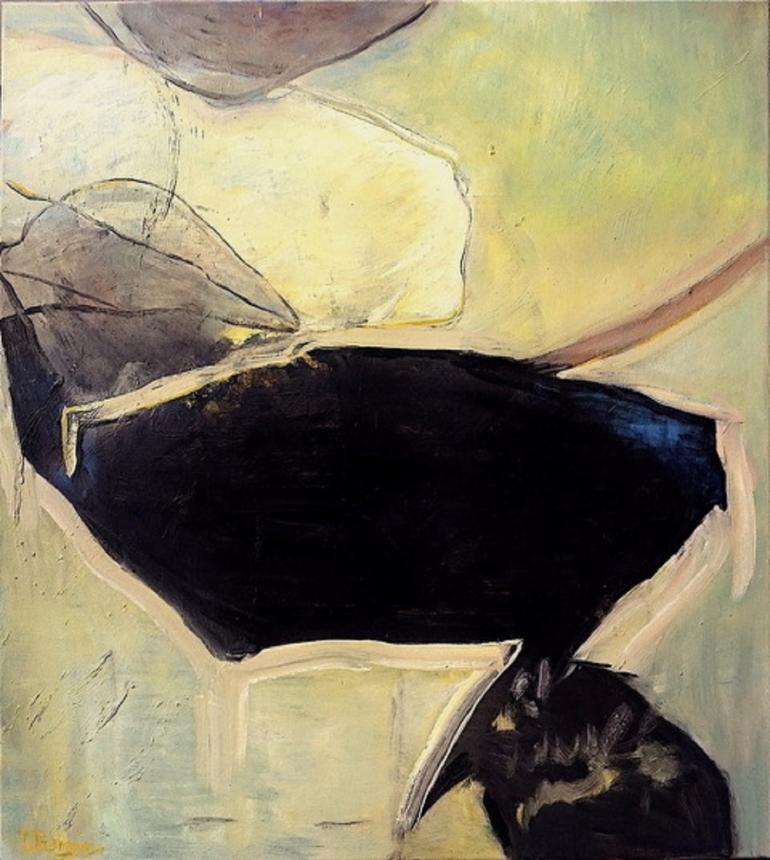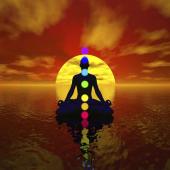Art & Spirituality
Originally, the image was the sole servant of spirituality, represented in the oldest known evidence of art, in cave paintings. Later, the ancient Egyptian wall paintings, the paintings or mosaics of Greco-Roman antiquity and the icons in Christianity appeared. In Islam, the concept of beauty is closely linked to geometry.
The aim was always to create images that enabled people to connect with their own inner beauty, to feel in the presence of the divine and to have a spiritual experience.
Essential elements are the colours as well as sacred geometry, both of which have universal significance. It is always about an expansion of perception into the soul, spiritual and psychic space.
Light and colour
We all come from the light.
Colour comes from the depths of the spiritual and connects as energy with our feelings. It distinguishes, creates, binds and manifests our feelings.
In Newton's famous prism experiment, he passed rays of light through a prism and the spectral colours came out the other side due to the angles of refraction. The different wavelengths of the individual rays that make the rainbow colours appear can also be seen as a metaphor for our emotional states.
The less resistance we offer to life, the more permeable we are, the more transparent - again in the direction of the (white) ray of light - our perception also becomes, because we are also "lenses and prisms" as human beings and refract the light in different wavelengths.
Colours thus explain us:
We come from nothing, we go to nothing.
Colour is so precious.
Colour is liquid light.
About "Sacred Geometry
Sacred geometry is an ancient cosmological doctrine which states that the cosmos consists of numbers, shapes and proportions. It describes the story of creation using geometric principles. As early as the 17th century, Galileo declared that the universe was written in the language of mathematics. Quote: "It is written in the language of mathematics; if one does not know this language, one wanders around in a dark labyrinth". (From the Saggiatore of 1623, quoted in Ehrhard Behrends: "Is Mathematics the Language of Nature?")
Sacred geometry has played a significant role in religions and in the architecture of all advanced cultures, as well as in music and painting throughout the millennia.
A very prominent proportion is the Golden Section, which is contained in the human figure (Leonardo da Vinci), the Fibonacci series, which is so common in nature, the Platonic Solids, Flower of Life and many more.
The great Gothic cathedrals of Mary in France reproduce in their geographical arrangements the constellation of the Virgin as seen from Earth. (Reims, Chartres, Amiens, Bayeux. (Louis Charpentier, "The Mysteries of Chartres Cathedral", p. 27).
The Cheops pyramid has the proportions of the moon and the earth. (John Michell "The Dimensions of Paradise"). The proportions of the pyramid correspond to the triangle formed by the diameter of the earth and the distance to the centre of the moon.
Everything is connected: Nature around us and the universe, as well as the centre of our being. Sacred geometry reminds us of this. I believe we can locate ourselves soulfully in these proportions. It doesn't matter whether this is exactly mathematically verifiable in every case. They are approximations, just as one can recognise a geometric figure in every blossom, usually without mathematical precision. There are always deviations from mathematical accuracy in nature and that is precisely what the perception of LIFE expresses.
Art and expansion of consciousness
Many people are looking for tools to develop spiritually, to expand their consciousness. Can art be an effective tool on the path to consciousness?
I think it's about us finally seeing through our behavioural mechanisms - which are actually as mechanical as rotary movements, albeit often very complexly interwoven. We must finally get out of the dominance by our brain stem, which, among many wonderful automatic functions, still sees our survival as endangered at the slightest opportunity, as it did in the Stone Age, and triggers corresponding fear reactions that result in competitive behaviour, territorial struggle and exploitation of nature. Animals only have an increased heartbeat for a short time when they have to run for their lives. Many people, however, have permanently elevated blood pressure and other symptoms of stress.
In order for us to open up new, inner resources that allow for more abundance, belonging, caring and joy, we need to give more space to our soul experience, to the spiritual, to allow a certain amount of harmony, relaxation, love and beauty into our lives. This, it seems to me, is the only viable path to a more open future in which the unifying will play the main role.
We need spirituality today to survive.
There are already many ways to support this process of change: Books, music, films, workshops, seminars, therapies, meditation, etc. But the power of the image, which speaks directly to our soul, is often relegated to museums and galleries.
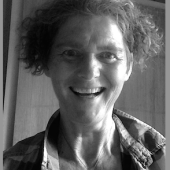
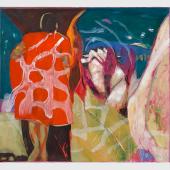
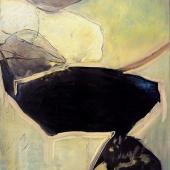
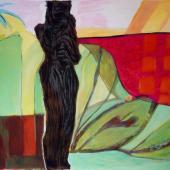
Criticism of beauty
One reason why art is too little present in everyday life is the constant inundation with trivial worlds of images that hold no message for our inner world but only keep us on the surface.
Another reason is certainly the aesthetic transfiguration of art. Art is not a companion to our everyday lives; it has the aura of the elite, the financially unattainable, and so on. It has become an aloof world.
The aesthetic of art has been exaggerated and culminated in the 19th century in the well-known "lárt pour lárt", where the aesthetic of art celebrated itself and again missed the actual beauty, namely that which is integrated in a much larger context and only emerges from it.
This was followed by the counter-current, in which this emptied concept of beauty was exposed. Thus, especially through Nietzsche's attacks, the concept of beauty was also sidelined in its deeper meaning. Nietzsche's statement that truth is ugly and beauty is only there to make the ugly bearable, declared beauty to be a triviality.
In the 20th century, the concept of beauty was almost completely banished from the value system of art. According to Adorno, the expression of classical beauty served to suppress and repress truth. There is certainly a lot of truth in this, because the period from the 1970s to the present day has brought with it an enormous amount of reappraisal and awareness of our darker sides using many methods.
Questioning beauty in art does not lead to the eradication of beauty, but to new, contemporary modes of expression. What kind of beauty do we need today? I think it is the beauty that parallels nature that we desperately need.
Despite this devaluation, however, beauty has always played a significant role in almost all areas of life, from birth to death. The term "beautiful" is a central attribute of our daily lives. Beautiful flat, beautiful furniture, beautiful holiday, beautiful days and so on. Beauty, even in its trivial appearance, serves an indispensable needrfnis in us, which certainly also represents a counterbalance to the often unhealthy ᅵberlife mechanisms by which we are controlled.
It ultimately remains unfathomable why beauty is so attractive to us, because it touches the numinous in its depth. Surely this attractiveness is also based on the fact that beauty is something like an indication of rightness, fullness and wholeness.
When different states of being are interwoven with each other, interpenetrating each other to form a new, unique appearance, inscribed in a canon of forms that depicts the laws of proportion of nature, beauty emerges. Something emerges that points to another dimension, to dissolution of boundaries, the invisible, the inner, the spiritual. It opens us to the intoxicating, cosmic order in nature, can uplift us in the realisation that we are in the midst of it, a part of this beauty that is inherent in each and every one of us.
In his Summa Theologica (1/Quaestico 39/8), Thomas Aquinas (1225-1274) defines beauty as "the complete clarity of the composition of the picture in relation to the parts of the picture and vice versa" and also as "light and the radiance of the spirit, by which the composition of the picture is determined and the picture is, as it were, a permeable vessel for the proclamation of the eternal light".
Beauty, as much criticism as this term has - rightly - been subjected to throughout the ages, nevertheless remains a central characteristic of art as well. It describes the uniqueness of our visual sense. Just as scent cannot be replaced by any other form of expression, whatever it may be.
Images are ¦older than all these temporary phenomena, they are rooted deeper in us than the constant ᅵflooding would lead us to believe.
"Spiritual art" - the path from the head to the heart
For many people, spiritual practices are integrated into their everyday lives as a matter of course, the majority detached from religious contexts. It is becoming more and more evident that it is about creating a connection between spirituality and everyday life within us.
That is why the term "spiritual art" has also taken on a different meaning.
James Turell's colour dreams, for example, can transport visitors into another reality, into a level of perception that makes the numinous evident and very clearly perceptible. We can awaken inwardly through the encounter with colours and forms that speak to us.
Nevertheless, even in the spiritual scene I know, art is hardly present.
At most, images of mandalas or symbols, for example as angel figures, are sometimes included.
Sacred geometry appeals mainly to our mind, symbolic angel figures, for example, appeal more to our feelings, our heart. As the Chinese proverb says so beautifully:
The longest way we have to go is from the head to the heart.
Paintings can combine both.
In the cave paintings of Lascaux and other places, painters realised exactly that over 15000 years ago. Through the depiction of the animal, the painter has accomplished the complex truth, the connection of heart and head. That is why we are deeply moved when we see the cave paintings, because this message is eternally present, 20000 years ago and more as well as today.
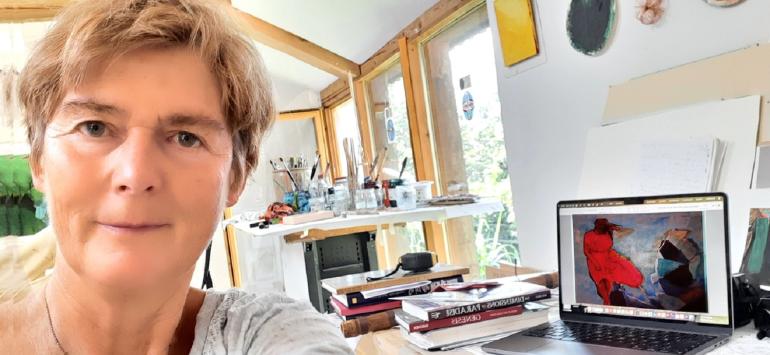
Are there still masterpieces in art today?
Today, one can hardly speak of masterpieces in art, because it is about something completely different. It is about understanding what creation, what shaping reality means. It is about recognising more and more clearly the elements that are necessary to bring forth design and to make them comprehensible in the pictorial event. Because these elements relate to every form of shaping reality, including our own lives.
That is why art is so exciting today, because it has never been so clear that art and life are ultimately completely one and accessible to everyone. In other words, they have exactly the same origin.
The message of the image
It is so easy to sit back and communicate with the message of beauty. We don't need to do anything here. Beauty is a battery that gives off its energy again and again.
The only criterion is, does an image speak to me - and if it does, it has a message for me. Joy rises, this energy that flushes through all our energy centres, from below up into the higher spiritual planes and spreads out, like a nourishing cycle.
Art has many facets: to comment on social processes, to irritate, or to have an enlightening or awakening effect.
As an artist, I don't have all these concerns; my extract is the representation of beauty as a parallel to nature. Plato's concept of beauty is very close to me. According to Plato, beauty is on the one hand the divine itself and on the other hand the path of the divine into finitude. In this respect, art is also meditation for me.
How it all began
My identity as an artist began with the conscious perception of light, of coloured light. It was the light, colourfully refracted through the church windows of a building from the High Gothic period, which at the same time shaped me through its inherent proportions of sacred geometry.
I was about 5 years old at the time, and was flooded by the coloured light every Sunday and was in a completely different reality. Here it was wonderful, radiant, and a feeling of being at home enveloped me. I remember sitting next to my mother and still having the clear perception that I was actually at home HERE, in this light. Everything that was heavy in me, even then, fell away and I dived into a floating lightness. I don't know how long this state lasted until I returned to everyday perception. Mostly I came back when the priest started a prayer and all the churchgoers stood up. This bliss was simply DA and not "reserved" only for me, but for everyone.
It was the perception of this light, the silence, power and boundlessness of space. I wanted to paint such pictures.
It is these immaterial phenomena that I wanted to manifest. Perceptions that were triggered by the coloured light and the church space as well as by the space in nature, but which come from an abstract level. Both from light phenomena and from dark, mystical ones.
The invisible is the origin of all reality formation.
Beauty is accessible to everyone, everyone can experience and create it. We can experience it through our five senses, create it through the transformation that occurs when we connect life energy and the spiritual, both of which meet in our heart.
Rediscover life with the message of a painting.
Explicitly spiritual art of course also plays a significant role in the present and recent past, such as: In Russian Suprematism founded by Malevich, foundation of abstract painting by Kandinsky, Abstract Expressionism Rothko and many more.
But I am not afraid to include the figure, to place ourselves symbolically at the centre of spiritual transformation.
Why do we find it difficult to move at this level?
One problem lies in our culture, which values ideas more than experiences. Ideas can be gathered by anyone - today easier than ever - but experiences are built on the foundation of real connection with what we really experience, what is behind an idea.
And THAT is life.
Once we align with our heart power, the spirit of light begins to rise and dreams come through. This is because we are now connected to the creative source of the entire universe.
We ARE this creative universe. It is the sending out, the flinging out of love.
A little exercise
Here I add another little exercise that I would like to share
Please have a sheet of paper and some coloured pencils handy before reading the following text:
I decided at some point that this is now my lifeblood.
For this to succeed, my faith had to be strong enough. With the help of my faith, I grabbed hold of the invisible reality and never let it go.
I simply did not give it up.
My privilege, my chosen task is to represent heaven on earth. (By the way, everyone can choose this)
I have the power to give the earth a representation of heaven, of my wholeness.
I am there to represent an expanded world with my images.
In covenant with the Holy Spirit:in and the fire of the sacral chakra, everything is possible.
I allow myself to be guided at all times and unconditionally by the Holy Spirit. She/He sometimes totally contradicts logic.
I learn to perceive where the Holy Spirit wants to lead me, even if I don't know what will come out of it.
Just follow the voice that always comes from above - that's how I recognise that it is His/Her voice.
From now on I move like the wind, I am no longer controllable.
The thoughts of the Holy Spirit:in are not the common thoughts, for they come from another, more light-filled context.
They are completely their own laws, I let myself go with them and follow them.
How wonderful that I can already hear the voice of the Holy Spirit:in so clearly, I am already completely penetrated.
I ask for more boldness in my creativity, for fulfilment with even more creative power.
I am again part of the Trinity: Father - Daughter/Son - Holy Spirit:in.
In this fullness I spread out inwardly, I dwell in the present moment of timelessness.
.........
Now take a colour that catches your attention and paint with that colour, without intention, just feel that colour for as long as it feels good, then take the next colour and more, or leave it at those two. The energy of these few colours will spread inside you throughout the day, perhaps without you noticing, it will take up space and overwrite old, unhealthy patterns.
THAT is the power of colour.
That is the meaning of your creative activity.
Anna Wiesinger
Born in Austria
Studied at the University of the Arts in Linz and Sofia.
Lives as a freelance painter in Lower Saxony and Berlin.
www.annawiesinger.de


